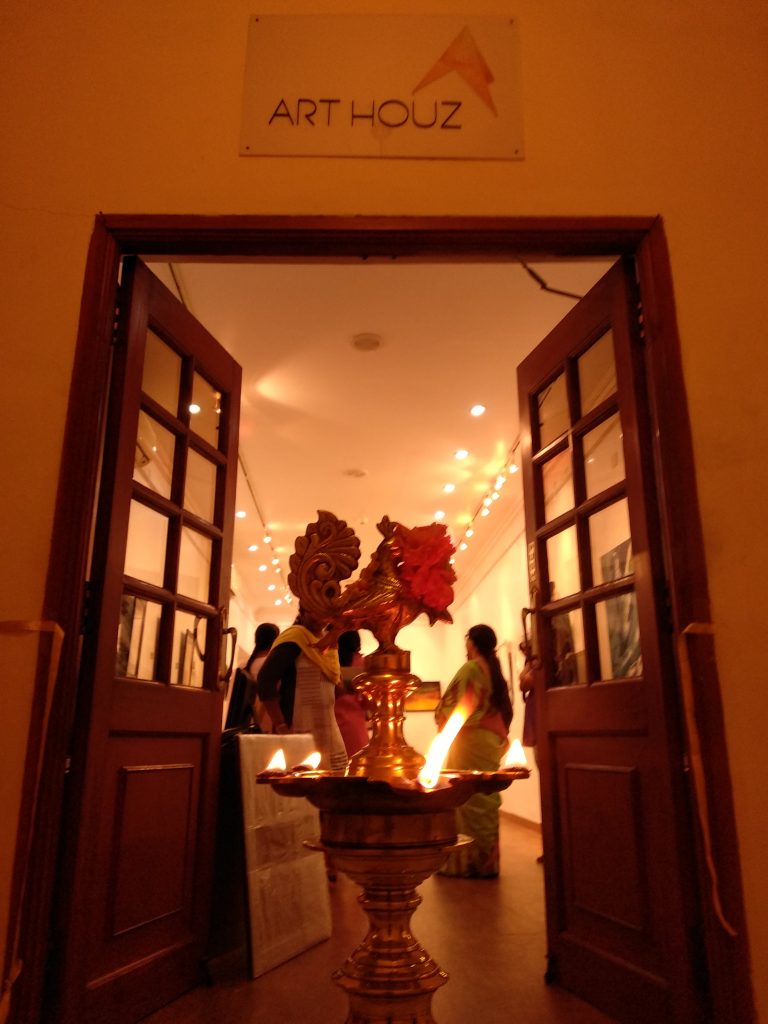How Does The Mist Book End: A Comprehensive Analysis
Stephen King's "The Mist" is a chilling tale that has captivated readers worldwide with its atmospheric tension and unsettling conclusion. The book dives deep into human nature, fear, and survival, making it a must-read for horror enthusiasts. If you're curious about how "The Mist" ends, this article will provide an in-depth exploration of the final chapters, themes, and implications.
Published in 1980, "The Mist" explores the psychological and physical challenges faced by a group of people trapped in a supermarket as an eerie fog filled with monstrous creatures engulfs their town. The story delves into themes of survival, morality, and the darker side of humanity under extreme pressure. Understanding the ending is crucial to grasping the full impact of King's narrative brilliance.
As we dissect the conclusion of "The Mist," we'll also examine its broader significance in literature and popular culture. Whether you've read the book, watched the film adaptation, or simply want to know more about its haunting finale, this article aims to provide clarity and context. Let's dive into the misty depths of Stephen King's masterpiece.
Read also:Does Simon Cowell Die
Table of Contents
- Overview of The Mist
- Main Characters
- Plot Summary
- How Does The Mist Book End?
- Symbolism in the Ending
- Themes Explored in the Ending
- Book vs. Film Ending
- Reader Reactions to the Ending
- Critical Analysis of the Ending
- Conclusion
Overview of The Mist
"The Mist" begins with a seemingly ordinary day in a small Maine town. A dense fog rolls in, bringing with it terrifying creatures that force a group of people to take refuge in a local supermarket. As the story unfolds, tensions rise, and the group faces internal conflicts as much as external threats. This section provides a foundational understanding of the book's premise, setting the stage for the climactic ending.
Stephen King masterfully builds suspense by focusing not only on the supernatural elements but also on the psychological breakdown of the characters. The interplay between fear of the unknown and the fragility of human relationships forms the backbone of the narrative.
Setting the Scene
The small-town setting amplifies the claustrophobic atmosphere. The supermarket becomes both a sanctuary and a prison, symbolizing the characters' trapped state of mind. The fog itself serves as a metaphor for the unknown, forcing the characters to confront their deepest fears and insecurities.
Main Characters
Understanding the characters is essential to comprehending the book's ending. Each character represents different facets of human nature, contributing to the complexity of the story.
- Dave Drayton: The protagonist, a World War II veteran, who tries to maintain rationality amidst chaos.
- Billy Congdon: A young boy whose innocence contrasts with the growing despair around him.
- Norris Ridgewick: A religious zealot who spreads fear and division among the group.
- Bev Gardener: A single mother who forms a bond with Dave, showcasing resilience and strength.
Character Dynamics
The interactions between these characters highlight themes of trust, betrayal, and the struggle for leadership. Norris's influence grows as the situation worsens, illustrating how fear can lead to the rise of authoritarian figures.
Plot Summary
The story follows Dave Drayton and a group of townspeople trapped in a supermarket as the mysterious mist envelops their town. As days pass, the group faces attacks from creatures lurking in the fog, leading to increasing paranoia and division. Norris Ridgewick's religious fanaticism gains traction, causing further tension within the group.
Read also:Who Is Aisha Ed Unveiling Her Remarkable Journey And Achievements
The plot thickens as alliances are tested, and the group must decide whether to stay or attempt a dangerous escape. This section provides a detailed overview of the events leading up to the book's conclusion, setting the stage for the climactic ending.
Key Events
- The first attack by creatures in the mist.
- Norris's rise to power and his influence over the group.
- The decision to leave the supermarket and face the unknown.
How Does The Mist Book End?
The ending of "The Mist" is both shocking and thought-provoking. As the group decides to leave the supermarket, they encounter unimaginable horrors outside. The final moments reveal the ultimate fate of the characters, leaving readers with a sense of unease and reflection.
Stephen King's choice to end the book on such a bleak note underscores the themes of inevitability and the futility of resistance against overwhelming forces. The characters' desperate attempts to survive are met with tragic consequences, emphasizing the story's grim reality.
Final Moments
In the book's final scene, Dave and the remaining survivors venture into the mist, only to be confronted by monstrous creatures. The narrative leaves little room for hope, painting a picture of utter despair and helplessness. This ending resonates deeply with readers, forcing them to confront their own fears and vulnerabilities.
Symbolism in the Ending
The mist itself serves as a powerful symbol throughout the book, representing the unknown and the fear of the unknown. Its presence throughout the story builds an atmosphere of dread, culminating in the final scenes where its true nature is revealed.
Additionally, the creatures in the mist symbolize humanity's primal fears and the breakdown of civilization when faced with extreme circumstances. The ending reinforces these symbols, driving home the message that some fears are beyond comprehension or control.
Interpreting the Symbols
- The Mist: Represents the unknown and the fear of the unknown.
- The Creatures: Symbolize primal fears and the collapse of societal norms.
- The Supermarket: Acts as a microcosm of society, highlighting the fragility of human relationships under pressure.
Themes Explored in the Ending
The ending of "The Mist" delves into several profound themes, including:
- Survival vs. Morality: The characters must weigh their survival instincts against their moral compass, leading to difficult choices and consequences.
- Fear and Paranoia: Fear spreads like a contagion, leading to mistrust and division among the group.
- The Unknown: The mist and its creatures embody the fear of the unknown, a universal human experience.
Stephen King skillfully weaves these themes into the narrative, creating a rich tapestry of human experience and emotion.
Impact of Themes
These themes resonate with readers on a visceral level, prompting introspection and discussion. The ending, in particular, challenges readers to consider their own responses to fear and uncertainty.
Book vs. Film Ending
While the book and film adaptation of "The Mist" share many similarities, their endings differ significantly. The book's conclusion is more ambiguous and bleak, reflecting Stephen King's signature style. In contrast, the film opts for a more graphic and visceral ending, emphasizing the horror of the situation.
Both versions offer unique perspectives on the story's themes, allowing audiences to draw their own conclusions about the nature of fear and survival.
Comparing the Endings
- Book Ending: More subdued and ambiguous, leaving room for interpretation.
- Film Ending: Visually striking and emotionally intense, leaving a lasting impression.
Reader Reactions to the Ending
Readers have responded to the ending of "The Mist" with a mix of admiration and frustration. Some appreciate the bleakness and realism, while others find it unsettling and difficult to process. The ending's impact lies in its ability to provoke strong reactions and encourage discussion.
Online forums and social media platforms are filled with debates about the merits of the ending, showcasing its enduring relevance and appeal.
Common Reader Feedback
- Praise for the book's realistic portrayal of human nature.
- Criticism for the lack of resolution in the ending.
- Appreciation for the thought-provoking themes.
Critical Analysis of the Ending
Critics have analyzed the ending of "The Mist" from various angles, highlighting its strengths and weaknesses. Many agree that the ending effectively conveys the story's central themes, even if it leaves readers unsatisfied. The ambiguity of the conclusion allows for multiple interpretations, adding depth to the narrative.
Academic papers and literary analyses often focus on the psychological and philosophical implications of the ending, offering insights into King's intent and the broader significance of the story.
Key Points of Criticism
- The ending's ambiguity invites diverse interpretations.
- Its bleakness challenges traditional notions of resolution in literature.
- It raises questions about the nature of fear and the human condition.
Conclusion
In conclusion, "The Mist" by Stephen King is a masterclass in horror storytelling, with its ending leaving a lasting impression on readers. The book's exploration of fear, survival, and the unknown resonates deeply, prompting reflection and discussion long after the final page is turned.
As you ponder the conclusion of "The Mist," consider sharing your thoughts in the comments below. Engage with fellow readers and explore other articles on our site for more insights into Stephen King's works and the world of horror literature. Together, let's continue the conversation about the power of storytelling and its impact on our lives.


